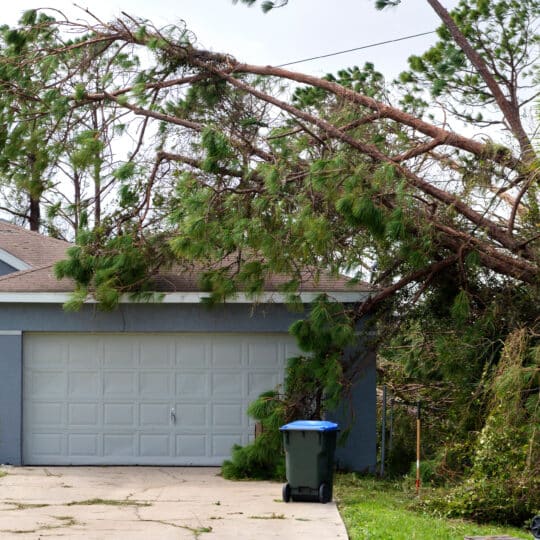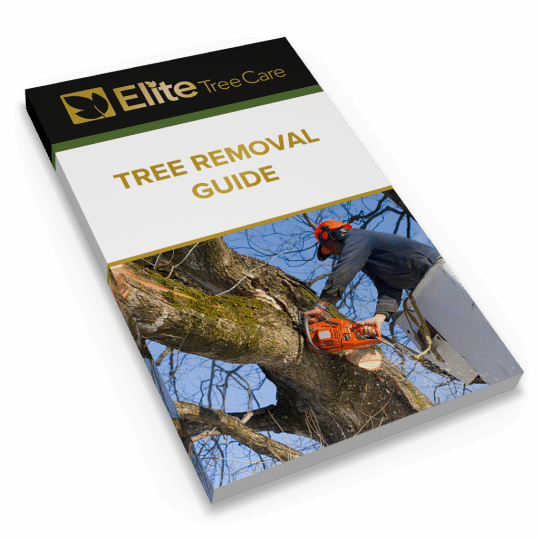Fallen Tree Removal
Who to Call & Who Pays
Posted
September 7, 2023

If a tree falls on your house, but it’s not planted in your yard, who pays for the damage? Get to the root of the fallen tree removal process to weigh your options.
Fallen Tree Removal
Under normal circumstances, the tree removal process takes planning and requires consideration of various factors—such as the best method, pricing, and if there are any other options. However, sometimes a tree doesn’t give you a choice.
Trees are known to fall for various reasons including storms, health, and fires. While it’s possible to help prevent a tree from falling with proper maintenance, some instances are beyond your control.
One thing you can control is where you plant your trees. You can also situate structures so that if the tree does come down it doesn’t cause too much damage. Another thing you can’t control are trees not on your property.
If a neighbor’s tree ends up falling and damaging your property, you should still be covered under your homeowners insurance policy. It’s your neighbor’s responsibility to get the tree removed. But you can make a claim to cover any damage it may have caused. The same rules apply if it’s your tree that falls into your neighbor’s yard. It’s up to your insurance company whether they try to get reimbursed by the neighbor’s insurance policy.
An exception to these rules is if there were previous requests to have the now-fallen tree removed. If its health and stability were questioned before and concerns were ignored, there could be a case for legal action if necessary. However, it shouldn’t stop you from making an insurance claim.
Preventing Tree Problems
Even though you can’t always predict whether or not a tree will fall, especially in the case of severe storms and other natural disasters, there are ways to try to prevent these problems.
- Regular maintenance, including pruning, mulching, and evaluations can help ensure your tree is strong enough to survive or at least bounce back from damage.
- If one of these evaluations uncovers a health risk for the tree, a certified arborist should help suggest treatment options, whether it be for disease or pest infestations.
- Once a tree is determined to not be strong enough to survive any storm, you should strongly consider removal. This process is also best left to a professional.
Any questions regarding claims for a fallen tree should be directed to your insurance company, since policies can vary greatly. Any questions on removal of a potentially hazardous or fallen tree should be directed to a professional arborist. This limits the possibility of more damage being done to remove the tree. It’s also another level of protection since a professional company should carry insurance policies to cover their work.
Contact Elite Tree Care for more information about regularly maintaining the trees on your property or if you believe a certain tree could lead to future problems.

Download Your FREE Tree Removal Guide
Even dedicated DIYers should think twice before taking on the task of tree removal. Our guide will help you decide whether to hire a tree service and how to get the most value for your money.